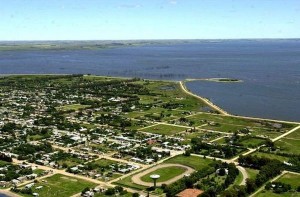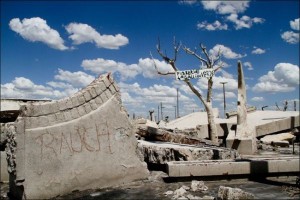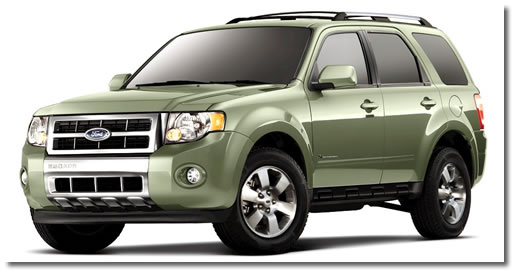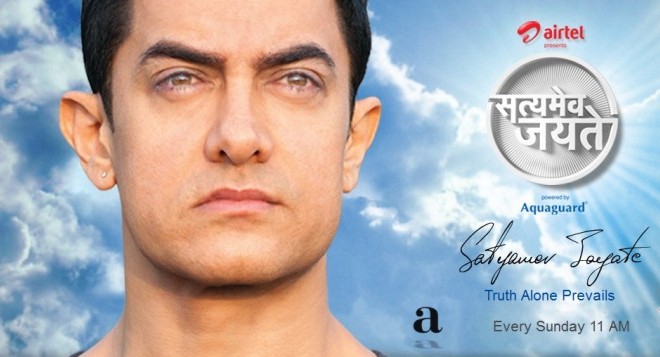Epecuen was once a famous resort town located on the shores of Laguna Epecuen, a mountain lake with 10 times more salt than the ocean. Developed in the early 1920s, the population of the town reached up to 5000 in the late 70s. High salt content in water offered Epecuen buoyant waters with therapeutic powers that help develop tourism grow exponentially with around 20000 tourists visiting it every season.
On November 10, 1985, however, water overflowed into the town rising up to four feet. Eventually, the town was flooded up to 10 feet with the corrosive water forcing people to flee to the nearby regions. It has been long 25 years, since this town has remained submerged under water. Surprisingly, in 2009 water started to recede and now what is left are the remains of early 1980s resort with decayed lodges, rest houses and hotels.
Most people fled to a nearby town, Carhue, also located on the shores of the lake. The once famous resort town, Epecuen has now been replaced by Carhue. It is famous for its hotels, spas, salty waters and mud facials. While most people abandoned Epecuen, surprisingly, one of the fellows, Pablo Novak, now 82 refused to do so. He still lives on the edge of the town in his stone hut welcoming and guiding the tourists to the ruins. He would often talk about how the town became a major tourist attraction in the 60s and the 70s and when water first entered into the town people waited for days on their roofs for it to recede. However, that was not supposed to happen as water level further increased forcing people of the town to move out.
The place has started to attract tourists again but this time not as lakeside resort, but as a museum of post-apocalyptic world with rusted metal and ruined houses. There is much to explore if you’re excited about visiting such places. The site that was once the center of hustle-bustle of a tourist attraction is now a tranquil place that speaks about those days of splendour and celebration. What are left behind now are the rusted cars of those times, a graveyard with toppled headstones and wrecked streets. If you often imagine how things would look post-apocalypse, get ready for a six hour drive from Buenos Aires and visit this place.






